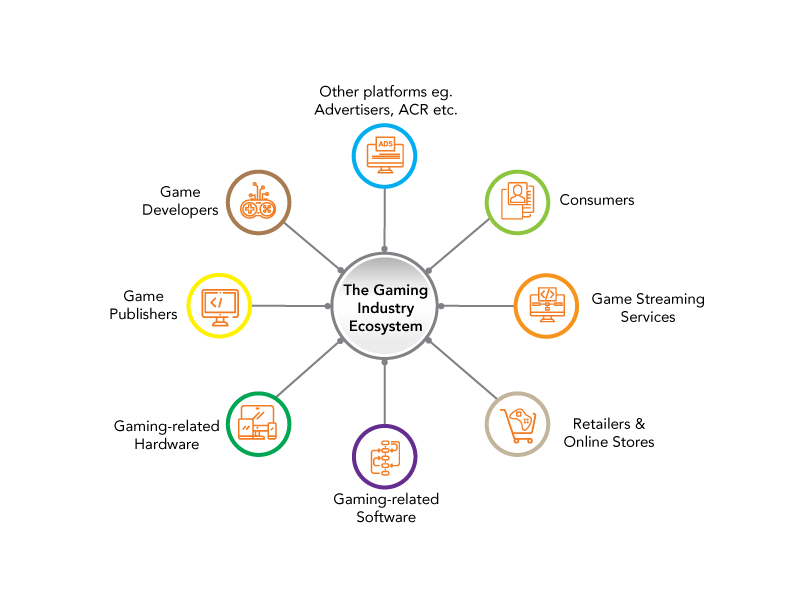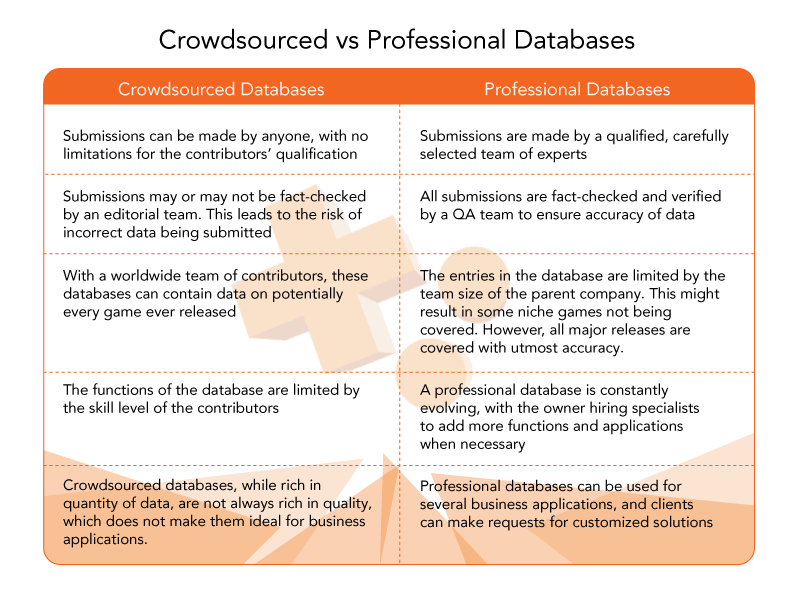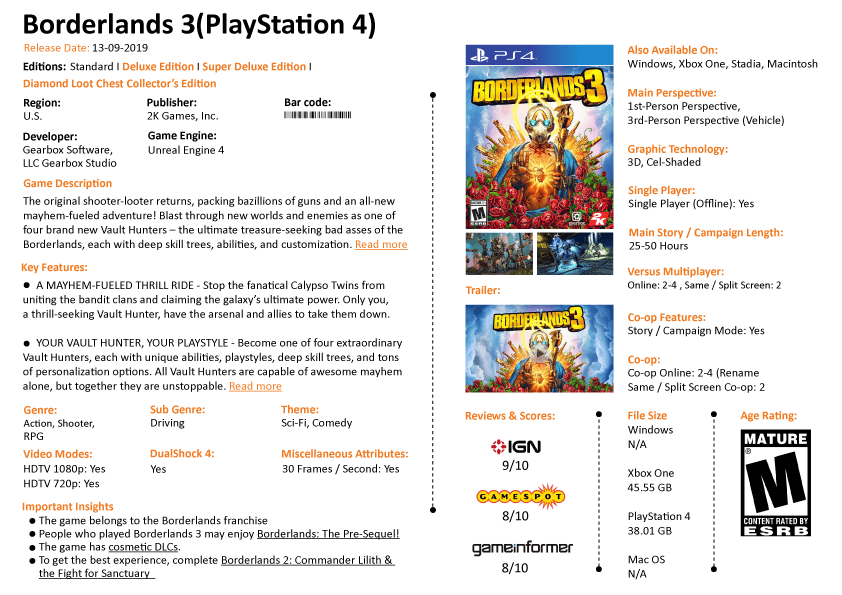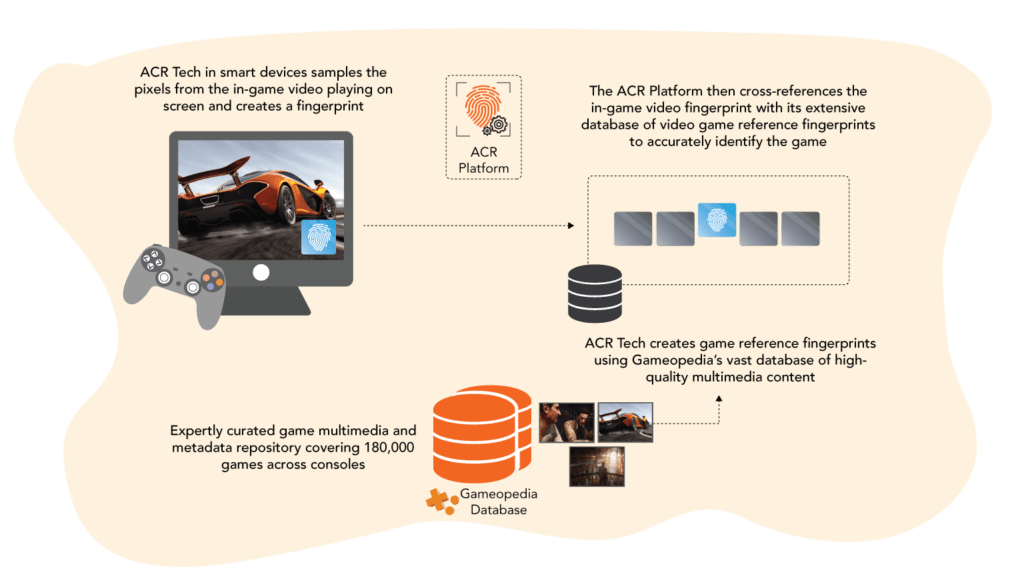Case Study: How Metadata and Understanding Gamers Can Drive Conversions
In this study, we discuss how a user survey of an online gaming store yielded actionable insights about improving game discovery for gamers across various demographics.
Why do customers play games? What makes them hate or avoid a game? How do they select a new game to play? The response to such questions revealed that coupling game metadata with a nuanced understanding of user attitudes and preferences can foster game discovery and drive more conversions in a scalable, consistent and user-focused manner.
About the Survey: Key Findings
Our survey respondents were all customers of a budget-friendly online gaming store that makes use of our game metadata services. The survey population skews young – 70% were less than 35 years old and 26% of the population – the largest single chunk – was between 20-24 years of age. Female participants were overrepresented in the youngest age group (under 25 years of age), but underrepresented in the survey population as a whole. Many of our more nuanced insights about driving conversions are derived from how user preferences change based on demographics. Our survey responses allow, but do not require, multiple responses, helping us understand the many factors that drive user decisions.
A majority of respondents – about 60% – seek to take their mind off things by playing games (though 26% may also want to experience something beautiful, while taking their mind off things), and many customers avoid games with aggressive monetisation. Genre is the foremost decision driver in selecting a new game to play – 56% choose a game based on its genre – and nearly 75% of the site’s users are prompted to start a new game based on favourable critics’ reviews, user ratings, and friends’ recommendations.
In the following sections, we add nuance to this basic gamer journey by delving deeper into the survey responses. We detail how game metadata can be harnessed to refine game discovery based on definable concepts such as game genre, setting, theme, and gameplay elements. We also discuss how stores can leverage even subjective attitudes about game aesthetics and monetization when directing key demographics towards games they would enjoy. Where possible, we link to relevant content such as blogs and other pages on our website, so that our insights into user preferences can be understood in a wider context.
Each section below is entitled with the questions we asked in our survey, and contains insights we gleaned about user preferences from our survey respondents.
Why Do You Play Games?
While a majority of the respondents play to take their mind off things, a fourth said they want to experience a beautiful game, and 14% said they used games to unleash their creativity.
In fact, female respondents are 18% more likely to prefer games based on their visual appeal, and are around 60% more inclined to use games as an outlet for their creativity: both aesthetics and expressing their creativity matters to them.
Given that female respondents are even more likely to play games with appealing visuals, retailers can drive conversions among their female customers (and even attract more women gamers) by curating games that are universally praised for their beautiful visuals, and adorning such games’ store pages with attractive screenshots. Stores can also feature games with a strong creative element – such as Minecraft (2011) and other similar sandbox games – to achieve the same effect.
Only 14% of all respondents cited graphics quality as a decision driver for buying a game, and only 13% said they seek out games with a specific art style. Our store’s customers are not necessarily looking for state-of-the-art graphics, or for a specific ‘look’, but good aesthetics, and to learn more about how videogames can be beautiful, read our blog on the hunt for photorealism.
What Makes You Hate or Avoid a Game?
Respondents cited aggressive monetization, an unfriendly player base and poor performance (bugs and technical issues) as the three main factors that make them hate or avoid a game. For this question, any one of the responses can serve as a deal breaker – customers who cite multiple factors do not mean they will put up with some, but not all, of the problematic aspects of a game. They will abandon a game if it has even one of the features that displease them, and our sentiment analysis can help gauge user attitudes about a game’s monetization strategy, its performance, user experiences with a game’s multiplayer base, and even perceptions about whether the game delivers value for money.
Players younger than 25 – who form a significant chunk of our survey population – are 15% more likely to tolerate aggressive monetization, though cost plays a greater role in their buying decisions (around 35% vs the average of 30%). Younger players want to be convinced of the value a game offers before parting with their money, and the freemium/free-to-play, or live-service game model is ideally suited to their preferences – they can assess the free base game and decide whether premium content will be worth the price, and can also satisfy their need for social engagement through such games.
Stores can drive conversions among younger customers by selling premium content for prominent live-service games and other games that adopt the free-to-play or freemium business model. Such a strategy can be highly lucrative, as such titles can keep gamers engaged for years.
Older respondents are 20% less likely to play with other gamers. In fact, for older store customers, forced interaction with other players is a deal-breaker. When compared with younger players, customers aged 25-40 are 25% more likely to avoid games with forced interactions, and respondents over 40 are 50% more inclined to abandon such games.
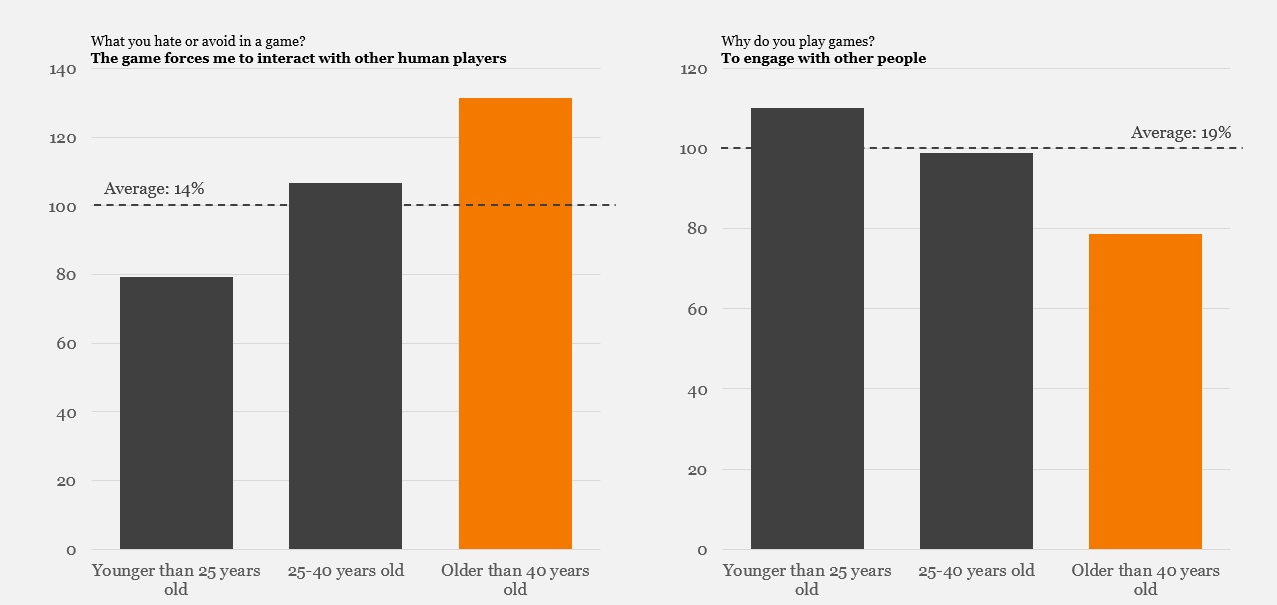
Customers over 40 are 60% more likely to play games to solve problems with careful thinking and planning. For such users, gaming is a solitary pursuit and an opportunity to flex their brains. Featuring single-player games that emphasise puzzle-solving can attract more older players, and drive more conversions among them too, and our game metadata framework can help identify games of this sort, which serve niche interests.
What Makes You Start a New Game?
More than 70% of our respondents start playing a new game based on critic reviews, user ratings and friends’ endorsements. Our metadata framework provides details about critic reviews and user ratings, and player sentiment can be gauged to see if the game is likely to be recommended to others. Stores can feature favourable reviews and user ratings and use sentiment analysis to establish a game’s bonafides.
About 30% also start a new game if it resembles what they have played before. But what exactly does the customer mean by resemblance? Is the similarity in gameplay, visuals or something else?
The store could make educated guesses about resemblance through the customer’s purchase history, but guesswork is not scalable. The best insights about user preferences and game discovery will emerge from a rigorous metadata framework which categorises store titles by gameplay, visuals, or any relevant video game feature.
Suppose a customer has bought several Assassin’s Creed games, all after a year of the game’s launch. The user may not buy the latest release because it’s not yet on sale and they are at the store for a bargain.
What if the store uses metadata to suggest a parkour-style exploration game, or an open-world game with stealth mechanics? Ghost of Tsushima (2020) – like the Assassin’s Creed games – is a gorgeous open world with stealth mechanics, and could resonate with an Assassin’s Creed fan.
But if the customer wants games that resemble Assassin’s Creed in terms of parkour traversal, then Sunset Overdrive (2014), would be a good match, and Mirror’s Edge (2016) and Dying Light (2015) would be a novel experience because of their thrilling first-person parkour mechanics.
Only by using a metadata framework for defining features like visuals, gameplay and traversal can the store identify multiple titles ‘like’ Assassin’s Creed. Such a framework is also scalable as it covers the store’s entire catalogue rather than a single franchise.
What Drives You to Select a New Game?
This question is vital to retailers because of its direct insight into what drives conversions.
Cost is the third-most cited factor and customers may well be conservative in their choice of games, especially considering that they tend to stick to a certain genre.
The second-most important factor – a strong story – is cited by 30% of the respondents, but only 17% abandon games with bad or weak stories. Players may likely put up with this flaw if the game is otherwise appealing. Games whose stories have resonated with gamers can be identified using sentiment analysis and given more prominence.
Only 17% cite good performance as a factor behind buying games, but 27% of the respondents will avoid games with poor performance. Good performance is expected – publishers won’t get brownie points just for delivering a functional game – and a bug-ridden release will attract few users. Consequently, stores can feature titles that are making a ‘come-back’ from bad and buggy launches.
Genre is the foremost decision driver, with 56% citing it as a factor in buying games. Stores could identify the most popular genres amongst its users and give popular game genres prominence, but how would it define ‘game genres’?
Sites like Metacritic do provide genres, but many games fall into multiple genres: Skyrim’s genres are ‘Role Playing’ and ‘Western Style’, to distinguish it from Japanese Role-Playing Games (RPG). A store using borrowed genre classifications might present open-world RPGs to customers who enjoy linear RPGs (if its metadata does not distinguish between the two), resulting in few conversions.
A comprehensive metadata framework would define genres precisely and help identify the most popular genres amongst users, after which the store could play up the most prominent games in popular genres. A sufficiently granular metadata framework can give gamers the exact type of game they want within the foremost genres as well.
Suppose the shooter genre is one of the most popular amongst store users. One customer has purchased several less-known shooters, and is unlikely to buy the more popular titles.
Just as the metadata framework can be used to categorise a franchise like Assassin’s Creed by game features, a descriptor like genre itself can be sliced and diced into subgenres based on combat, visuals, camera perspective and more, to find a match for the user who buys niche shooters.
Like a detailed map, a store whose pages contain granular information about genre, setting and other descriptors can speed up the user journey, steering gamers toward the title they want, and propel conversions. Such pages can also lead more people to stay on the site, instead of abandoning it.
Our metadata framework is wide, covering a multitude of games, and deep, covering each game with detailed descriptors and dividing games into precise sub-groups. It can hence consistently drive conversions in a scalable manner, and this is why we do what we do. To learn more about how we do it, visit our pages on video game metadata and game taxonomy.
Conclusion
Our survey respondents depend on trusted sources to start playing a new game and prefer specific genres or settings over others. Some of the reasons they play, or avoid, a game can be considered subjective – a game cannot be defined as beautiful with rigour, nor can its monetization be objectively characterised as ‘aggressive’. Game retailers can use sentiment analysis or trawl news outlets to gauge the prevailing opinion about aesthetics and monetization, and give prominence to certain games accordingly.
But our survey also indicates that many gamer preferences require a robust metadata framework – genres need to be well-defined if a store sets out to play up popular genres to all players, or specific genres to some of its clientele. Gamers who like to play something resembling a previous game need to be given suggestions using descriptors that can identify similarity precisely. A nuanced metadata framework can also identify the subtle but significant differences between two largely similar games, giving the user a better idea of what to expect from their new purchase.
Ultimately, the most robust game discovery or personalisation system will emerge when we understand why customers have the preferences they do, and we at Gameopedia are working to codify what drives user preferences. It is difficult to imagine that more than half of our client store’s customers prioritise genre for the same reasons. Some may like shooters for the adrenaline rush of its fast-paced action, and others may like interactive adventure games because of their strong narratives. If gamers prefer certain genres over others for specific reasons, game retailers can suggest other games that boast similar qualities to coax users into trying new genres.
Our survey results thus indicate the need for a game metadata framework, and a deeper understanding of a user’s preferences, not only to improve conversions, but to truly understand, and satisfy, customer needs.




